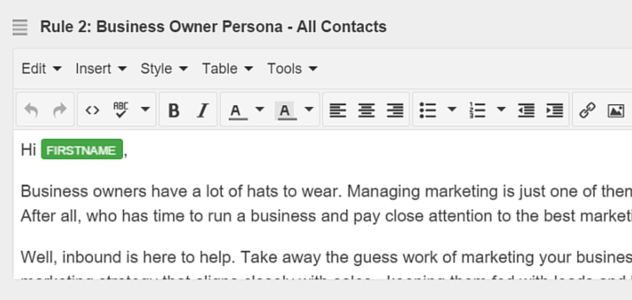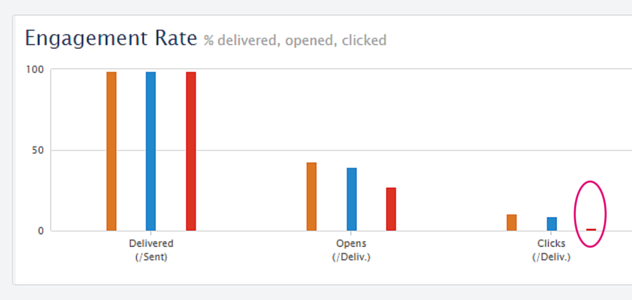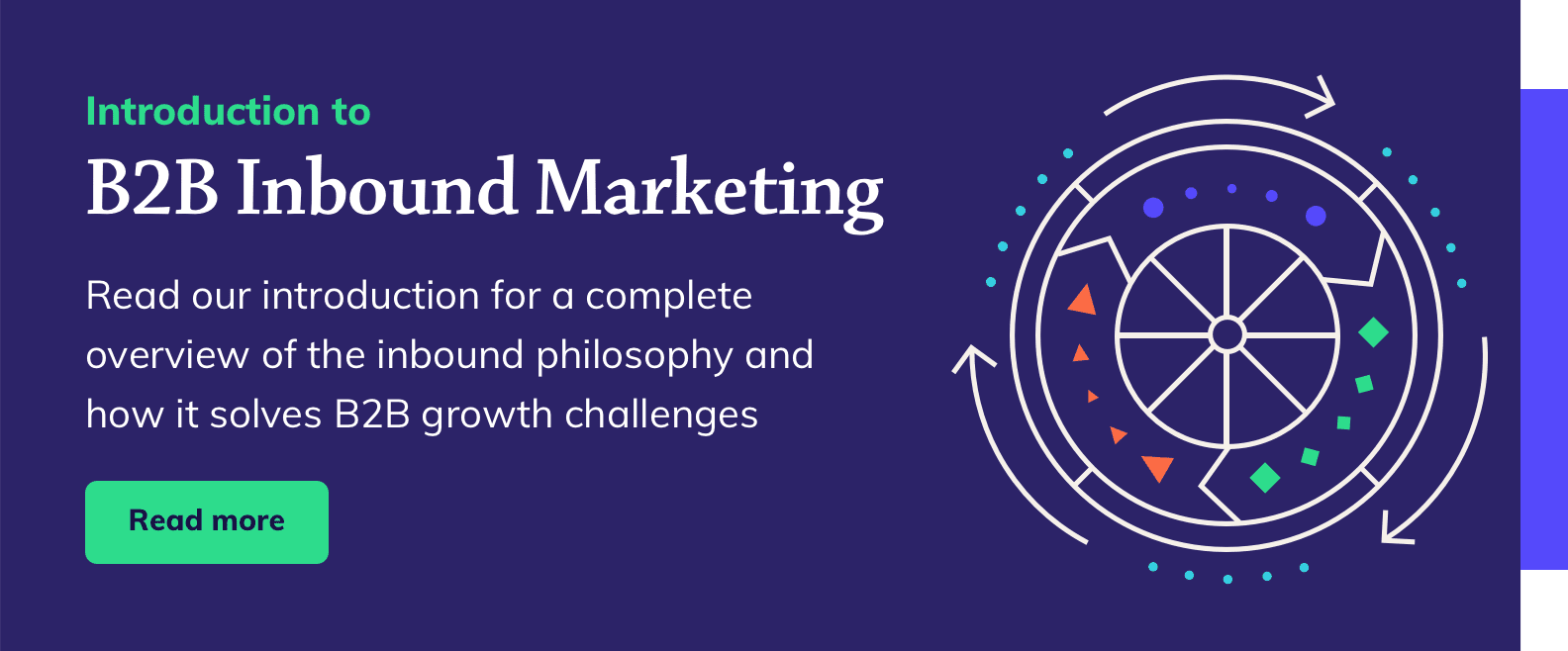Get better lead nurturing results from day one by creating fewer workflows in the first place, sending highly personalised emails and prioritising statistical significance.
When creating lead nurturing workflows for the first time it's easy to fall into the common traps of creating multiple, almost arbitrary workflows, using them to send just lightly personalised emails, and then leaving them unchecked and unimproved as time goes by. Doing the exact opposite of this will help you to get better results faster and build reliable data upon which to base ongoing improvements.
When just starting out with lead nurturing then, start with fewer workflows, ideally just one to begin with, and create highly personalised (aka contextualised) emails. Then commit to a regular review cycle.
The effort it takes will perhaps be more, although not much, but the rewards will be far greater.
Fewer workflows, better results
The objectives of lead nurturing are twofold. One, to accompany/move prospects from initial conversion along the lead funnel towards becoming sales ready, and two, to give you data with which to continually improve lead nurturing efficiency.
What you need to be aware of is that:
- Arbitrarily created workflows rarely perform well (objective one)
- Passing leads though multiple workflows dilutes your results, significantly delaying the point at which they demonstrate statistical significance on which you can reliably base improvements (objective 2).
To get better results from day one and reliable data as soon as possible, counter this by creating a single, master workflow.
By aligning this workflow to the funnel and passing all leads though it you will know that at every step it is contributing to both objectives.
Critically, when all leads pass through this one funnel, their actions quickly build a credible picture of what is working well and what isn't, giving you clear indication where to make changes and what changes to make.
Highly personalised emails, better results.
Recall and relevance are what get emails opened, read and clicked. So why, when we have the power to completely contextualised emails around the recipient, do we stop at inserting their first name?
"Recall and relevance are what get emails opened, read and clicked."
Within your master workflow you are probably going to send three, maybe more, funnel aligned emails. Now, using the power of you marketing automation platform, boost the open and click through rates of each by completely contextualising them around segmentation data.
What do we mean by this?
Pick a contact property, for example persona, and write a completely bespoke email for every version of it. In the body, offer the most relevant, valuable content or information you have for that person at their stage of the funnel. In the subject line, insert something that creates recall with the recipient. Don't forget to add those still important personalisation tokens like first name and company. The below image is an example of this - an email that is completely bespoke and aimed at the segment of 'Business Owner Persona'.

When you completely contextualise emails and send them through a single workflow aligned to the funnel, you maximise you potential to obtain positive and statistically significant results at the same time.
Incremental improvements, better results
With one workflow through which all leads pass, you're going to get more data back more quickly that shows which parts of your workflow are performing best and which ones worst. But unless you act on that information, it's worthless.
Review your workflow on a regular schedule, for example quarterly, using the data you have obtained to identify a subject for testing during the next period.

You will normally want to target the poorest performing component in your workflow. In the screenshot above you can see that email three is a good candidate for this.
Your approach should be to inspect this component, come up with a test hypothesis for improving its performance, implement that test and then monitor it's impact on results during the next period of time.
At the end of each period, compare the performance of the test variation with its predecessor - if it improved results, leave it in place, if it did not, roll back to the original. Now identify your next target for testing and repeat the process.
When testing, things that you can try in order to improve results include changing the subject, content, frequency or number of emails that you send or changing the segments around which you contextualise them.
Scaling up your lead nurturing
As your lead volume, content library and nurturing performance all grow in size you can start to think about the right time to turn your single lead nurturing workflow into several.
Doing so will allow you to better target and contextualise content around your segments but is only worthwhile when you have enough content to support it and when the number of leads though each workflow is enough to give you the statistical confidence you need.
When you decide the time is right to split your workflows, keep it simple, logical and manageable. For instance, create a small number of workflows for key personas or different sales regions that would benefit from different messaging or language.
As always, take care to create powerful contextualised emails and review all workflows on a regular schedule.
Final thoughts
While email is certainly at the heart of effective lead nurturing, it isn't the only technique to use. Make sure your lead nurturing is multi-channel by monitoring and engaging leads on social media. Also, make sure that sales people are actively and positively involved in nurturing leads - show them how and where to view lead intelligence and train them how to record their efforts.





